Georgia’s coastline stretches for 100 miles along the Atlantic Ocean, protected by a chain of barrier islands that create one of the most pristine and ecologically diverse coastal environments on the East Coast. These islands range from developed resort destinations to pristine wilderness areas accessible only by boat, each offering unique combinations of maritime forests, salt marshes, pristine beaches, and rich cultural history. Spanish moss drapes ancient live oaks while loggerhead turtles nest on moonlit beaches, creating landscapes that feel both timeless and magical.
Here is a list of 20 coastal Georgia barrier islands to discover that showcase the natural beauty and cultural heritage of the Golden Isles.
Cumberland Island

Georgia’s largest and southernmost barrier island remains 95 percent wilderness, accessible only by ferry and offering visitors the chance to explore 17 miles of pristine beaches where wild horses roam freely. The island preserves both natural ecosystems and human history, including the ruins of grand Gilded Age estates and a small settlement where African American families maintained their community for generations after emancipation.
Camping opportunities and extensive hiking trails allow multi-day exploration of maritime forests, salt marshes, and beaches that represent some of the most unspoiled coastal environments on the East Coast.
Jekyll Island
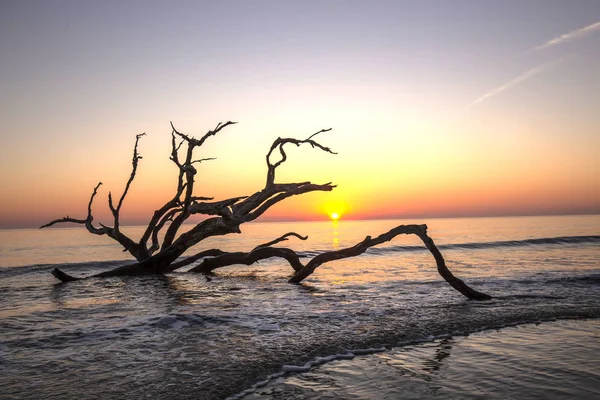
Once an exclusive retreat for America’s wealthiest families, this island now operates as a state park that balances conservation with public access to beaches, golf courses, and historic attractions. The Jekyll Island Club Historic District preserves elaborate ‘cottages’ built by families like the Rockefellers and Vanderbilts. At the same time, 20 miles of beaches provide nesting habitat for sea turtles and ideal conditions for shelling and observing wildlife.
The island’s bike trail system connects beaches, forests, and historic sites, demonstrating how barrier islands can accommodate tourism while protecting their natural resources.
Like Travel Pug’s content? Follow us on MSN.
St. Simons Island
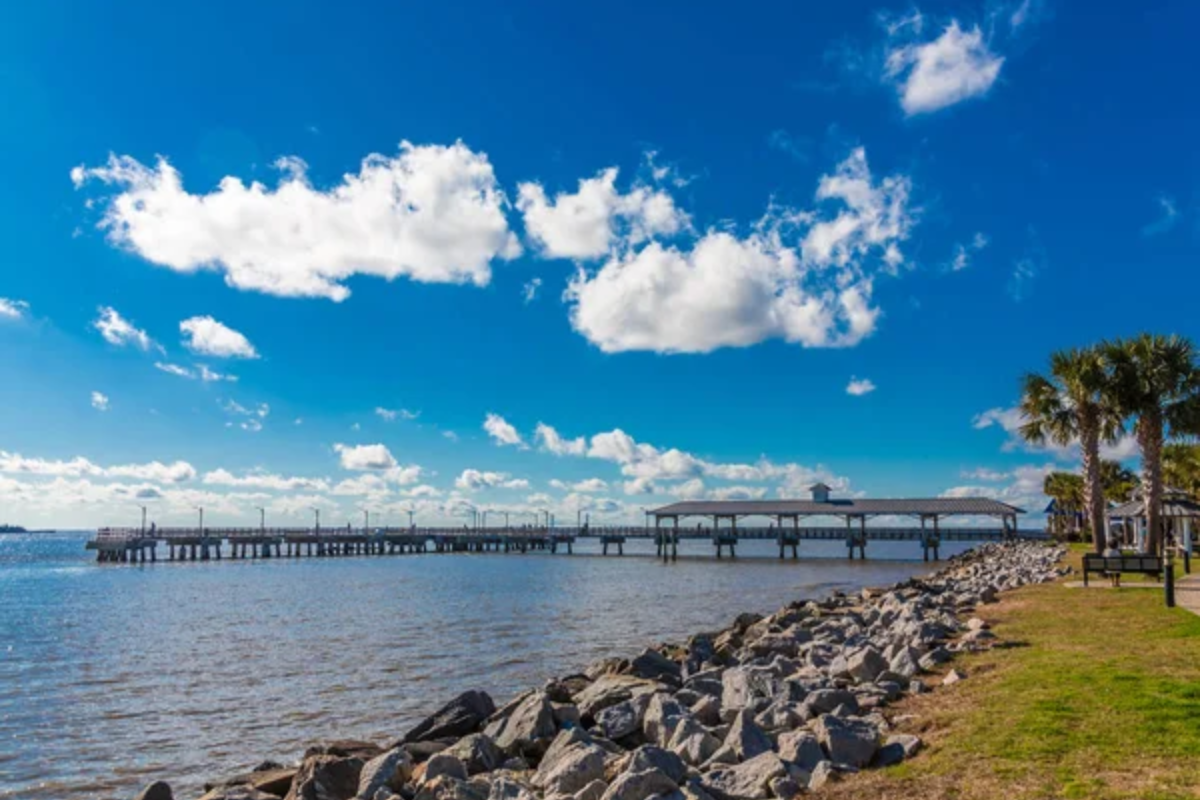
This popular resort destination offers a perfect blend of natural beauty, historic sites, and modern amenities, making it accessible to visitors seeking both relaxation and cultural enrichment. The island’s lighthouse, built in 1872, provides panoramic views of the surrounding coastline, while Fort Frederica National Monument preserves the remains of a colonial settlement that played a crucial role in defending Georgia from Spanish invasion.
Beach activities include dolphin watching, fishing, and sea turtle monitoring programs that allow visitors to participate in conservation efforts.
Little St. Simons Island
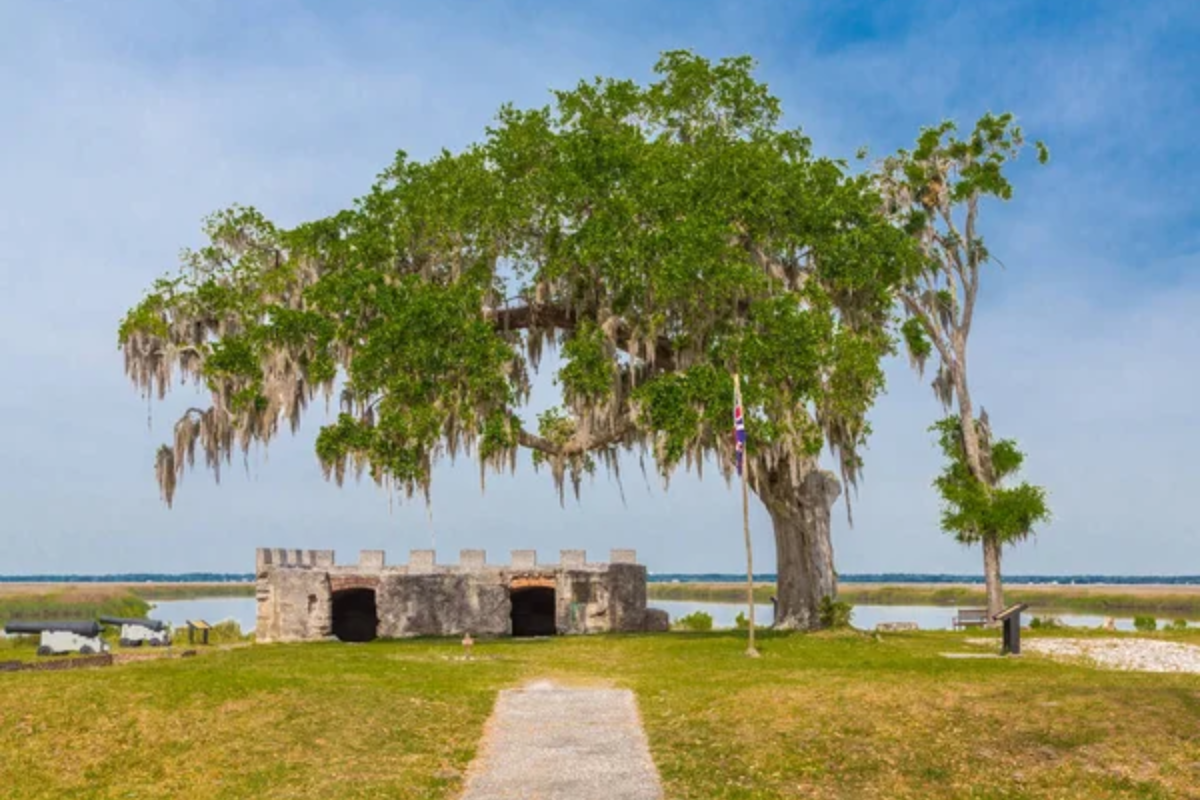
Accessible only by boat and limited to 32 overnight guests, this privately owned island offers an exclusive wilderness experience where 11,000 acres of pristine habitat support over 280 bird species and four distinct ecosystems. The island operates as a nature preserve, offering guided tours that focus on ecology, wildlife observation, and environmental education, rather than traditional resort activities.
Guests can explore seven miles of undeveloped beaches, extensive salt marshes, and maritime forests while participating in ongoing research and conservation programs.
Sea Island
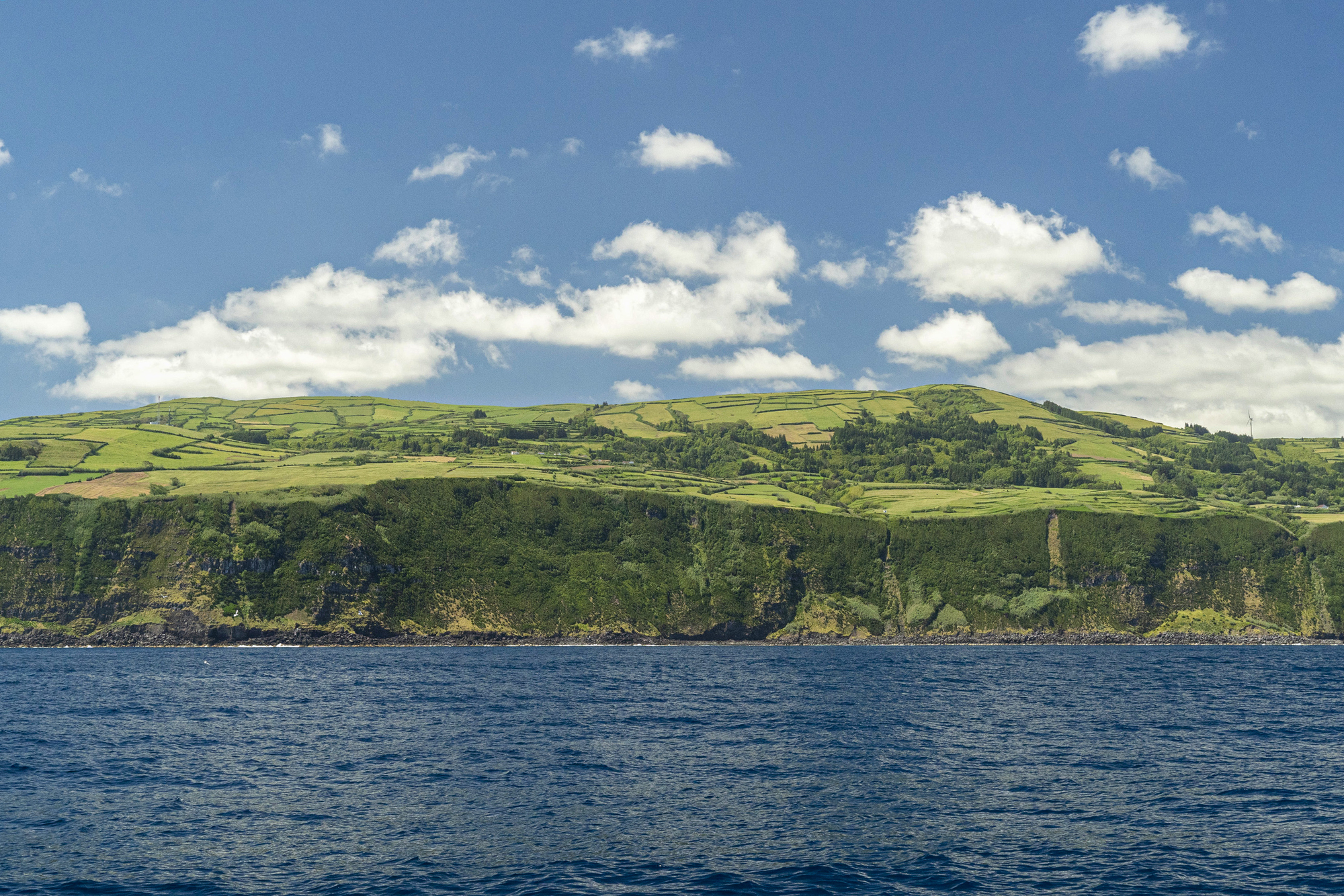
This luxury resort destination spans 5 miles of pristine coastline while maintaining exclusive access that preserves the island’s natural beauty and upscale atmosphere. The island features world-class golf courses, spa facilities, and dining options alongside beaches that provide nesting habitat for sea turtles and excellent opportunities for water sports.
The resort’s commitment to environmental stewardship includes habitat restoration projects and educational programs that help guests understand barrier island ecology.
Like Travel Pug’s content? Follow us on MSN.
Wassaw Island
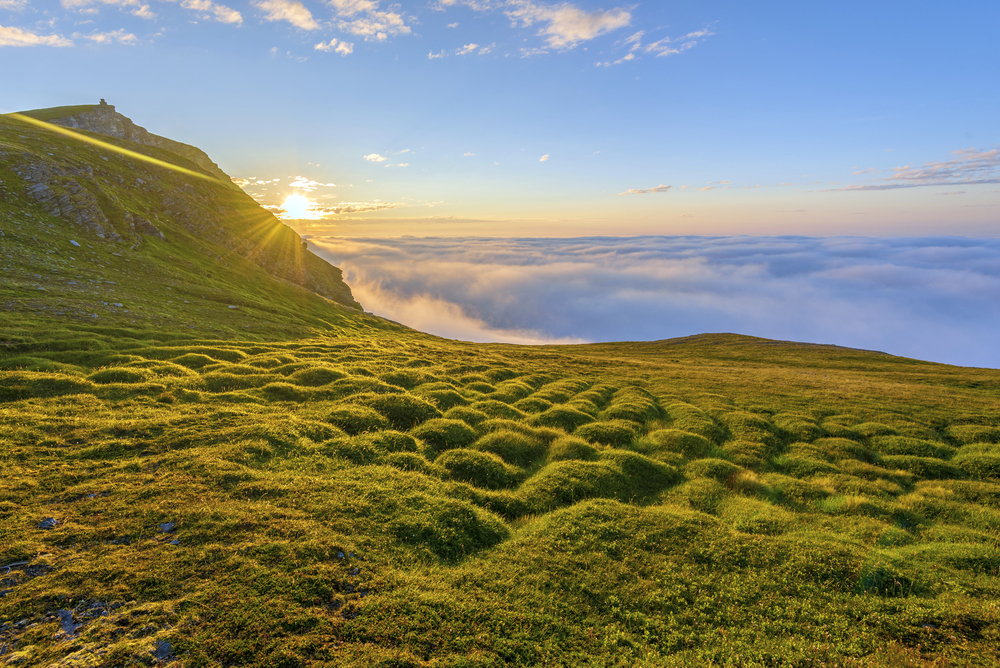
This National Wildlife Refuge encompasses 10,050 acres of pristine barrier island habitat that serves as a critical nesting ground for loggerhead sea turtles and a stopover habitat for migratory birds. The island remains completely undeveloped except for research facilities and primitive camping areas, providing visitors with authentic wilderness experiences, including seven miles of pristine beaches and extensive salt marsh ecosystems.
Access requires private boat transportation, ensuring that visitor numbers remain low enough to protect sensitive wildlife and nesting areas.
Ossabaw Island

Georgia’s third-largest barrier island operates as a heritage preserve where art, culture, and environmental education programs take place in a setting of 26,000 acres of diverse coastal habitats. The island features 16 miles of pristine beaches, extensive maritime forests, and salt marshes that support important research on barrier island ecology and climate change impacts.
Access to educational programs requires reservations, ensuring that visits focus on learning and conservation rather than recreational activities that could disturb sensitive ecosystems.
Like Travel Pug’s content? Follow us on MSN.
Blackbeard Island
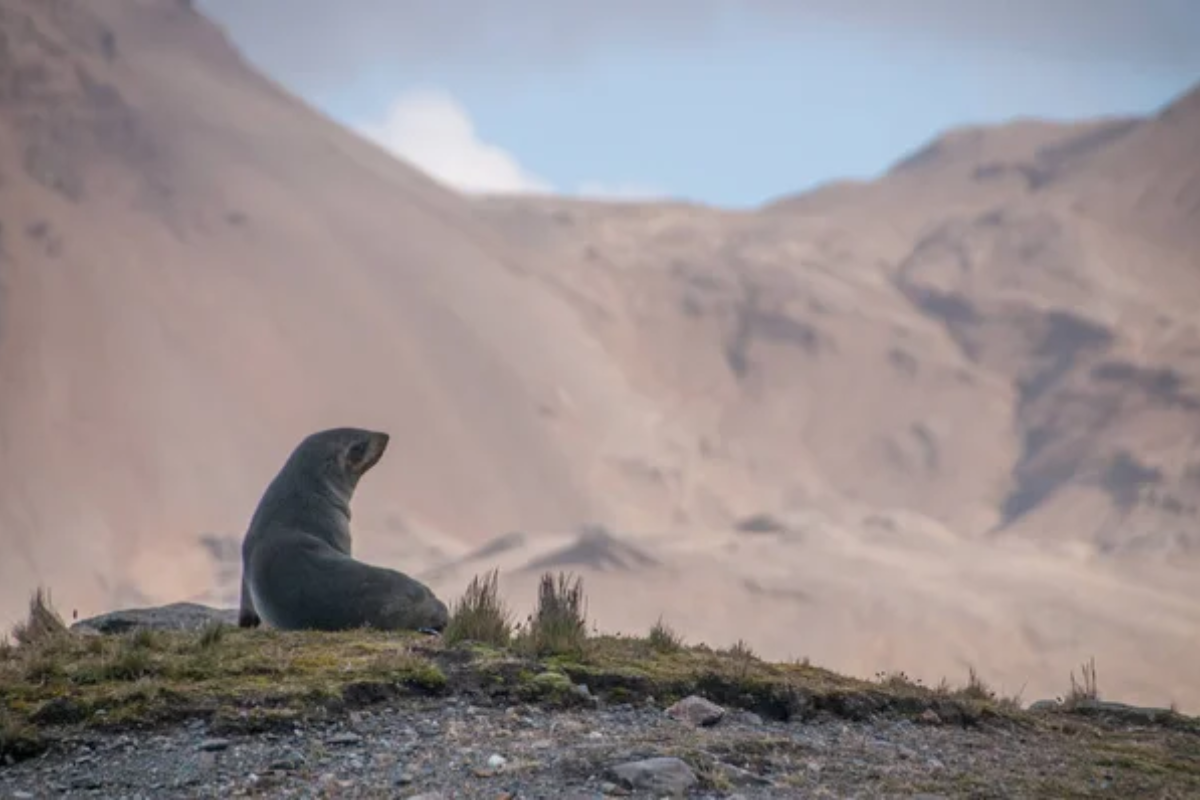
This National Wildlife Refuge preserves 5,618 acres of barrier island habitat named after the famous pirate who allegedly used the island as a hideout in the early 1700s. The island provides critical nesting habitat for loggerhead sea turtles. It supports large populations of migratory birds, while archaeological sites reveal evidence of Native American occupation dating back thousands of years.
Access requires private boat transportation to reach beaches and trails that showcase pristine coastal ecosystems largely unchanged by human development.
Wolf Island
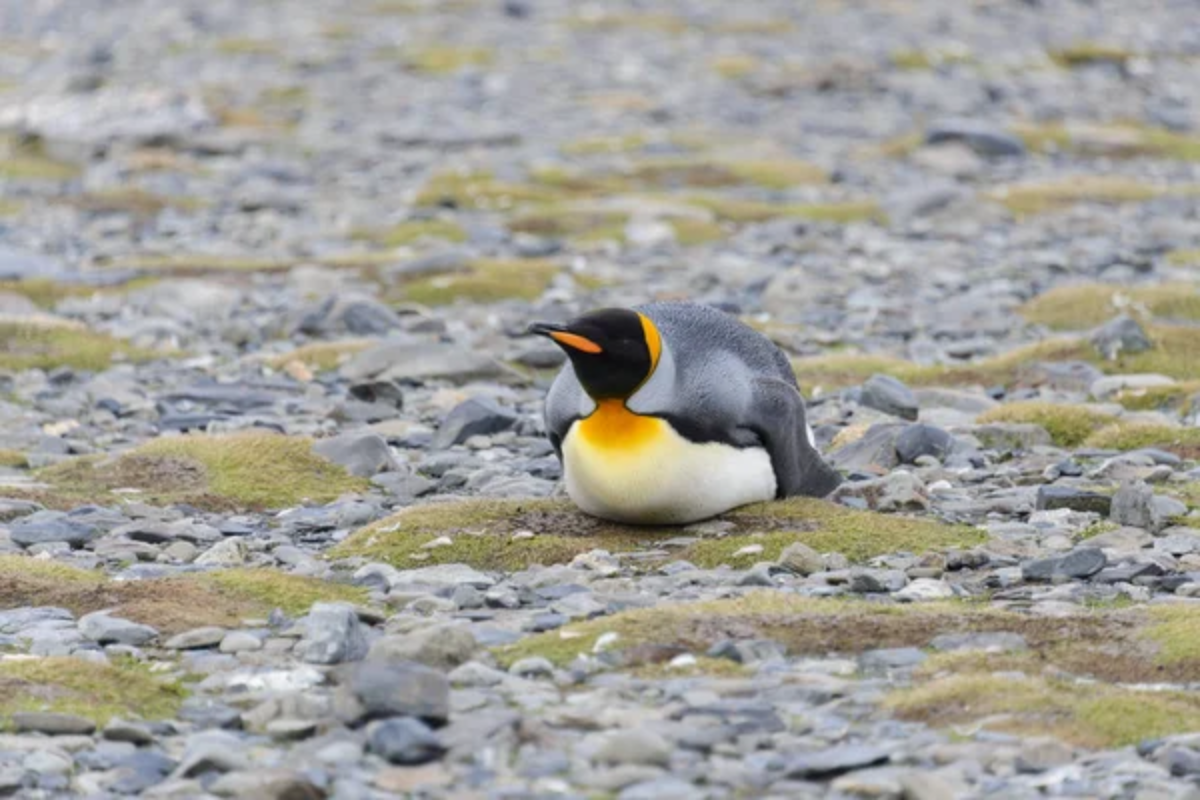
Georgia’s most remote barrier island remains completely undeveloped as part of the National Wildlife Refuge system, preserving 5,126 acres of pristine coastal habitat that serves as crucial nesting and feeding areas for endangered and threatened species. The island’s isolation makes it accessible only to experienced boaters and researchers, but its pristine beaches and undisturbed ecosystems represent what all barrier islands looked like before human development.
Wildlife viewing opportunities include sea turtles, migratory birds, and marine mammals that use the island’s beaches and surrounding waters.
Egg Island
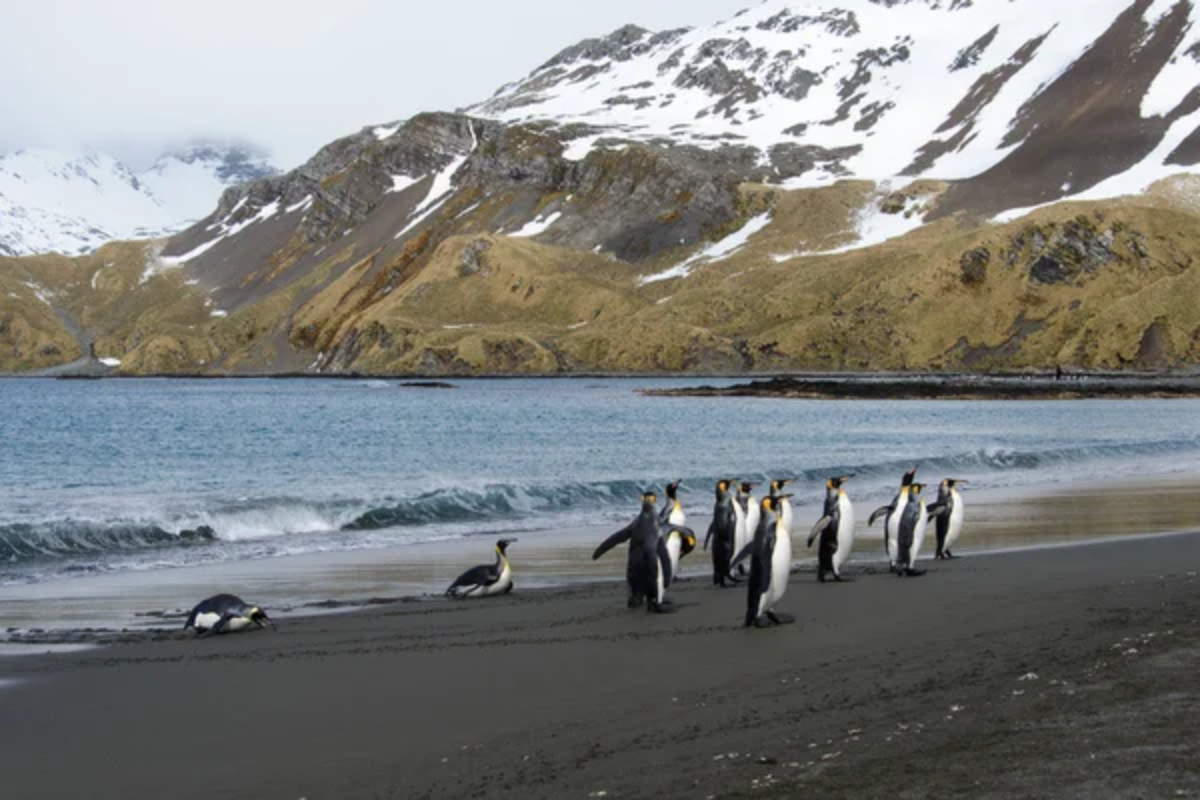
This small barrier island serves as an important rookery for colonial waterbirds, including brown pelicans, white ibis, and various heron species that nest in large colonies during the spring and summer months. The island’s name comes from the thousands of bird eggs that historically covered its beaches and dunes, though modern management protects nesting sites from human disturbance.
Access is restricted during nesting season, but boat tours provide excellent opportunities to observe large flocks of birds and learn about barrier island ecology.
Like Travel Pug’s content? Follow us on MSN.
Little Egg Island
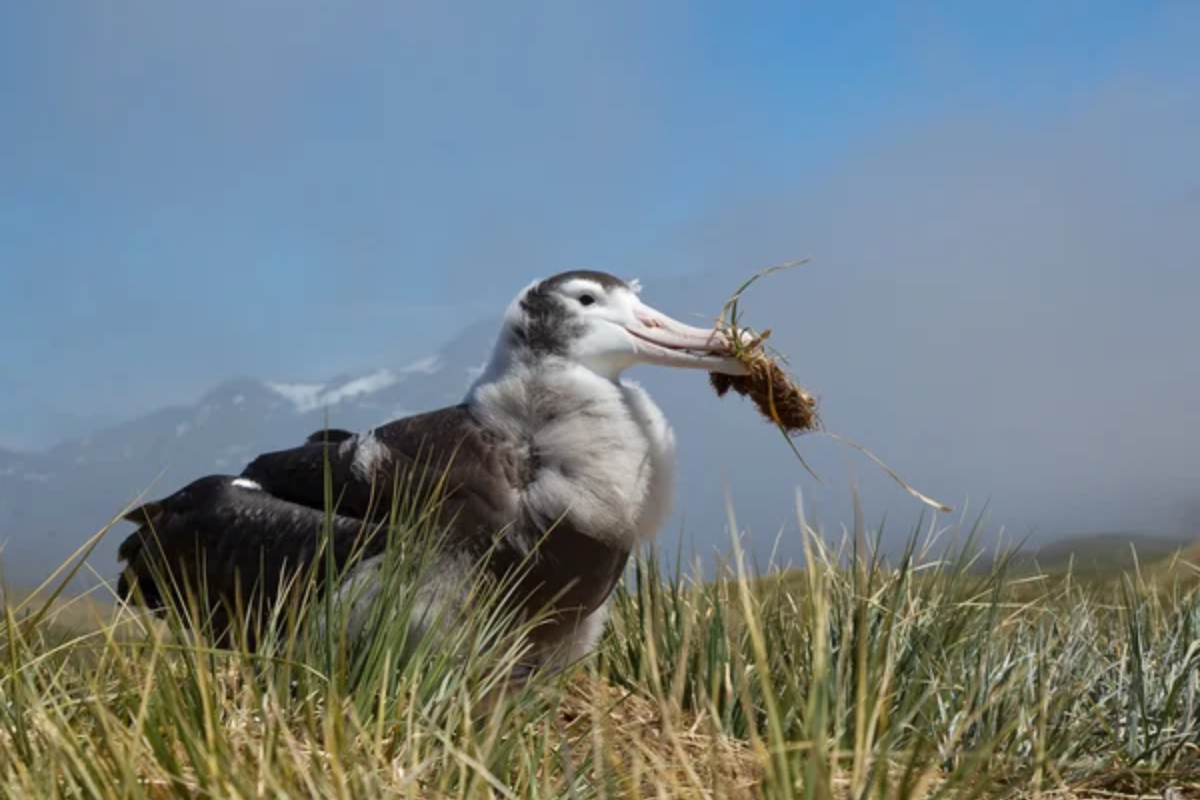
Adjacent to its larger neighbor, this small island provides additional nesting habitat for waterbirds while demonstrating how barrier island systems include multiple small islands that serve specific ecological functions. The island’s size and isolation make it particularly important for species that require undisturbed nesting sites. In contrast, its location within the larger barrier island chain illustrates how these coastal systems function as interconnected networks.
Wildlife observation from boats provides excellent opportunities to see large numbers of birds without disturbing sensitive nesting areas.
Cabretta Island
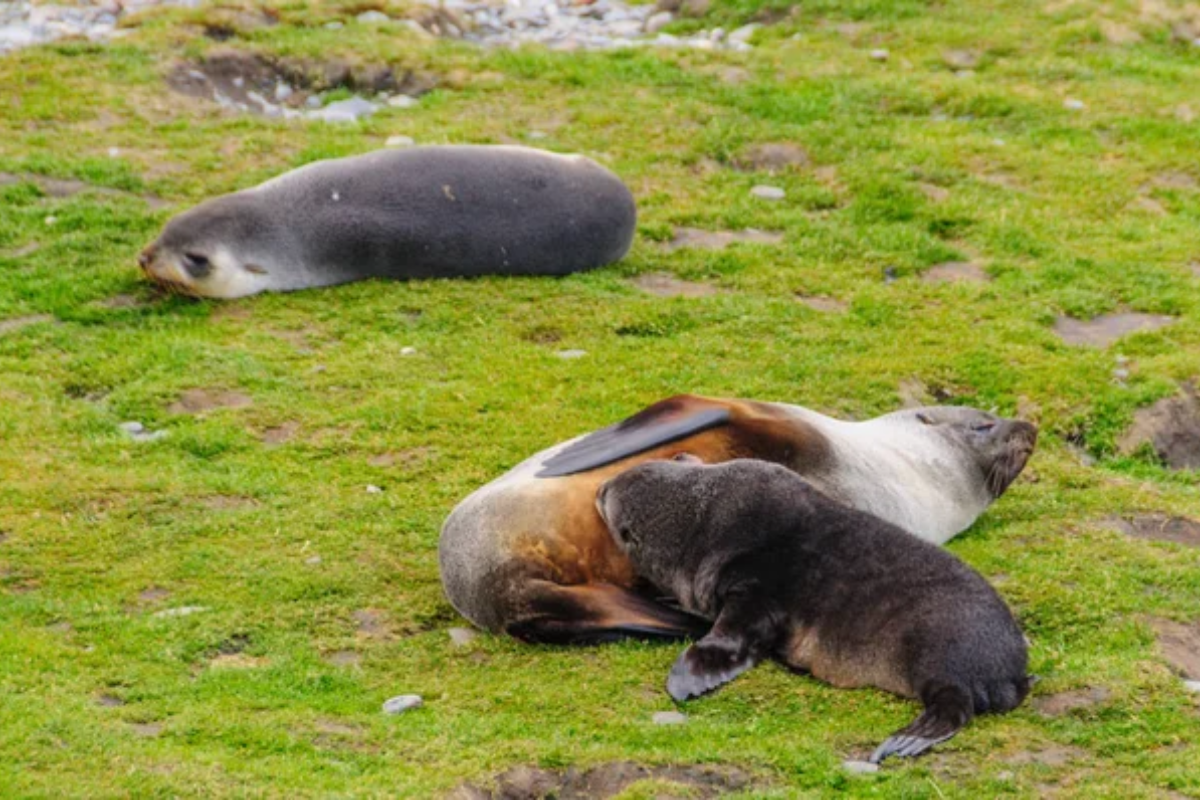
This small barrier island near Sapelo Island remains undeveloped and provides important habitat for sea turtles, migratory birds, and other coastal wildlife that require pristine beach and dune environments. The island’s beaches experience significant seasonal changes due to wave action and storms, demonstrating the dynamic nature of barrier island systems and their ability to adapt to changing coastal conditions.
Access to the island requires private boat transportation, but it offers excellent opportunities for wildlife photography and beach exploration.
Raccoon Key
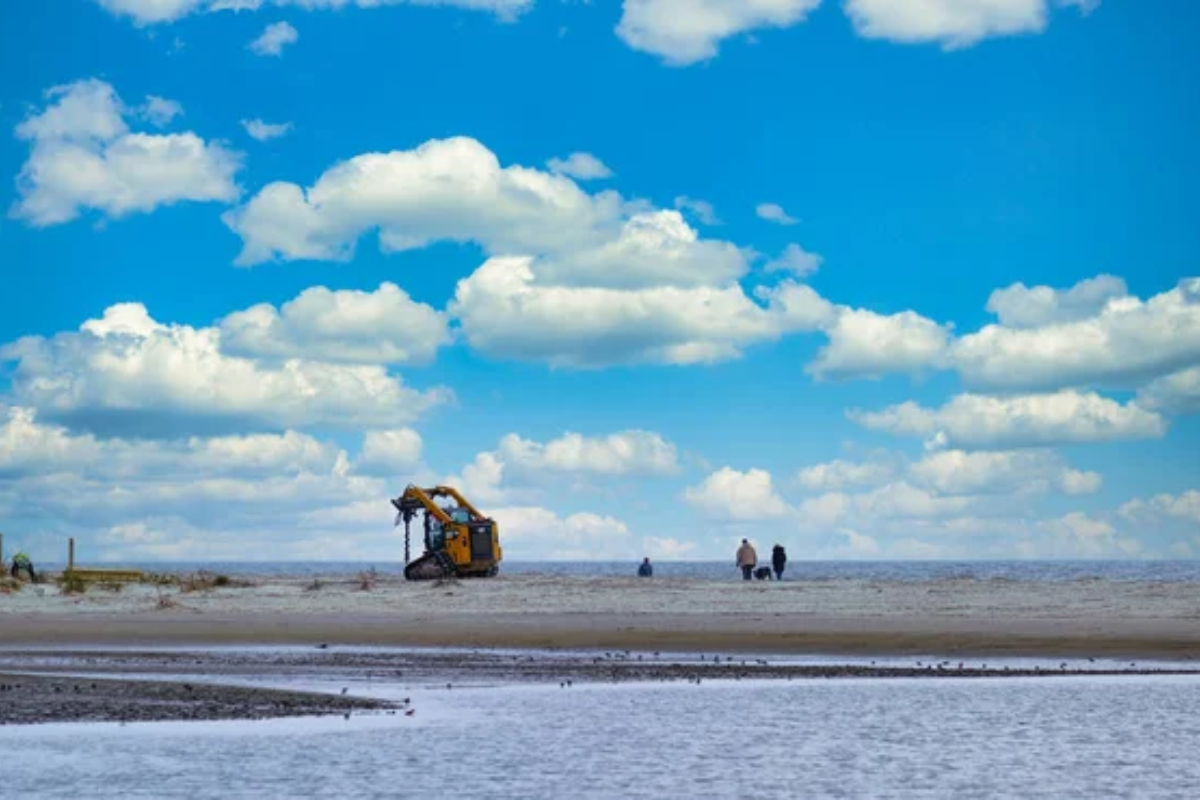
This small island near St. Simons demonstrates how barrier island chains include numerous small land masses that provide specialized habitat for coastal wildlife and serve as stepping stones for migrating species. The island’s maritime forest and salt marsh ecosystems support diverse plant and animal communities while illustrating the complex relationships between different barrier island habitats.
Wildlife observation opportunities include dolphins, manatees, and various bird species that use the island’s sheltered waters and beaches.
Like Travel Pug’s content? Follow us on MSN.
Cedar Island

Located near Little St. Simons Island, this small barrier island preserves pristine coastal habitat that demonstrates how undeveloped barrier islands function as complete ecosystems supporting diverse plant and animal communities. The island’s cedar trees and maritime forest provide nesting sites for various bird species, while its beaches serve as important feeding areas for shorebirds and sea turtles.
Access requires private boat transportation, ensuring that the island remains relatively undisturbed while providing opportunities for wildlife observation and environmental education.
Priest Landing Island

This small island near Jekyll Island provides important habitat for coastal wildlife, demonstrating how barrier island systems comprise numerous small islands that serve specific ecological functions within the larger coastal environment. The island’s location and size make it particularly valuable for species that require undisturbed areas for feeding, resting, or nesting activities.
Wildlife viewing opportunities include various bird species and marine mammals that use the island’s beaches and surrounding waters.
Andrews Island
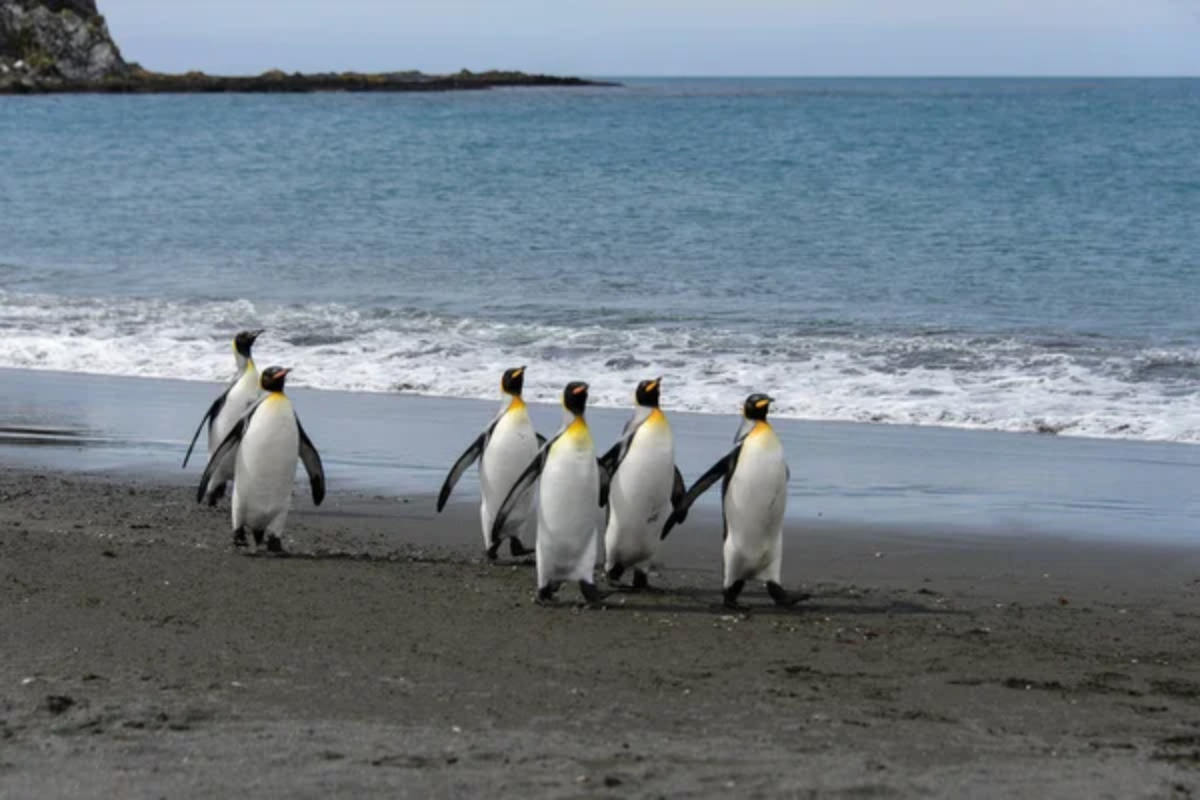
Part of the Blackbeard Island National Wildlife Refuge system, this small barrier island provides additional protected habitat for sea turtles, migratory birds, and other coastal species that require pristine beach and marsh environments. The island’s inclusion within the refuge system ensures long-term protection while providing opportunities for research and environmental education.
Access restrictions protect sensitive wildlife during crucial nesting and migration periods while allowing limited wildlife observation opportunities.
Like Travel Pug’s content? Follow us on MSN.
Eagle Island

This small barrier island near Sapelo Island demonstrates the diversity of habitats found within Georgia’s barrier island chain, including maritime forests, salt marshes, and pristine beaches that support different wildlife communities. The island’s relatively small size concentrates wildlife activity, making it an excellent destination for bird watching and wildlife photography, provided access is permitted.
The island’s ecosystems illustrate how barrier islands serve as crucial stepping stones for migrating species traveling along the Atlantic flyway.
Flag Island
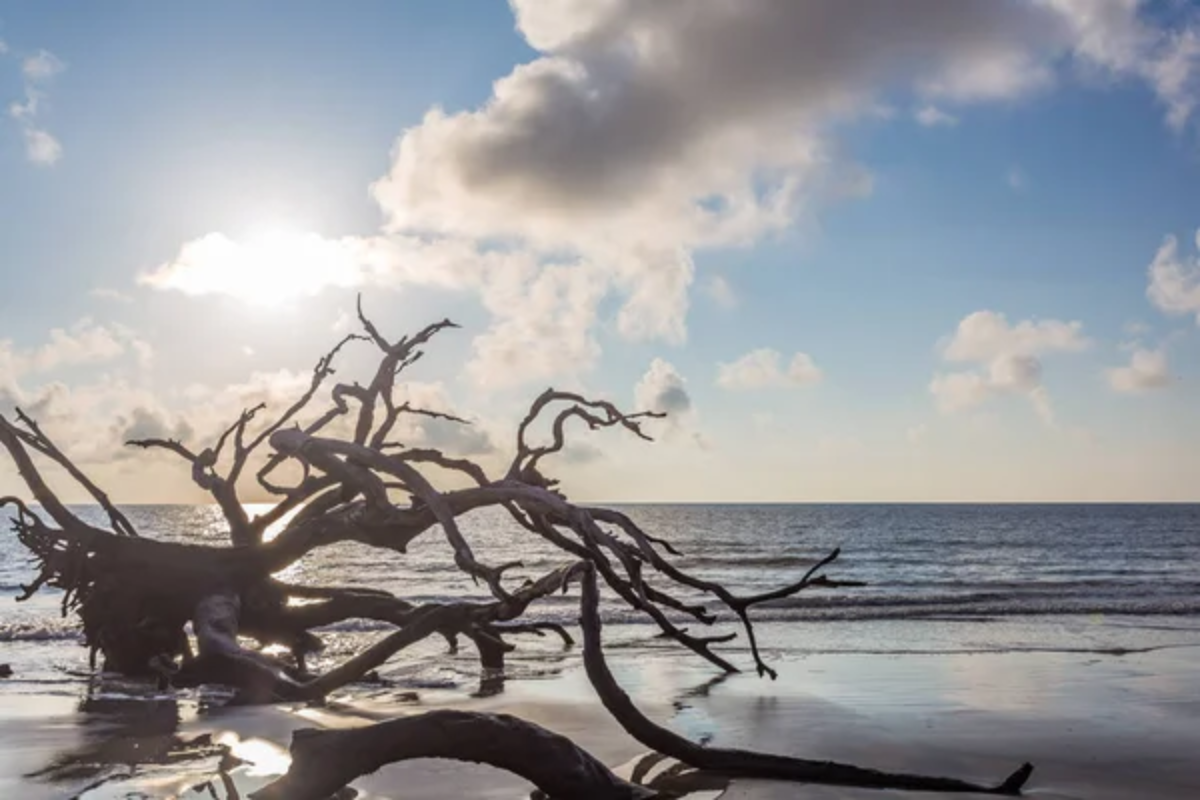
Located within the Altamaha River delta system, this barrier island highlights the intricate relationship between river systems and coastal environments, where the mixing of freshwater and saltwater creates unique ecological conditions. The island provides important habitat for both freshwater and saltwater species, while demonstrating how barrier islands serve as transition zones between terrestrial and marine ecosystems.
Wildlife observation opportunities include species that depend on the unique conditions created where rivers meet the ocean.
Doboy Island
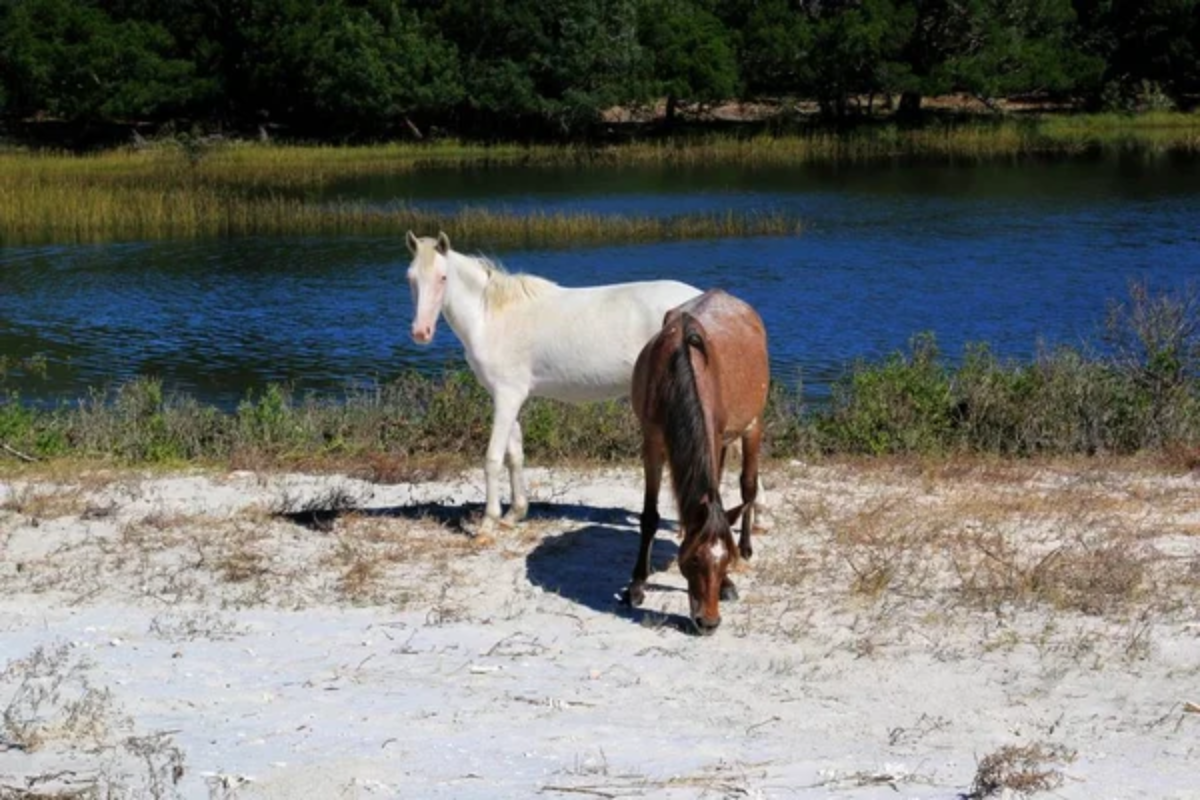
This barrier island near Sapelo Island preserves important coastal habitat while providing access to pristine beaches and salt marsh ecosystems that support diverse wildlife communities. The island’s location within the larger barrier island chain makes it a crucial component of the coastal ecosystem, providing habitat connectivity for species that migrate between different islands and coastal environments.
Wildlife viewing opportunities include dolphins, sea turtles, and a variety of bird species that utilize the island’s diverse habitats.
Like Travel Pug’s content? Follow us on MSN.
Timeless Tides and Ancient Shores
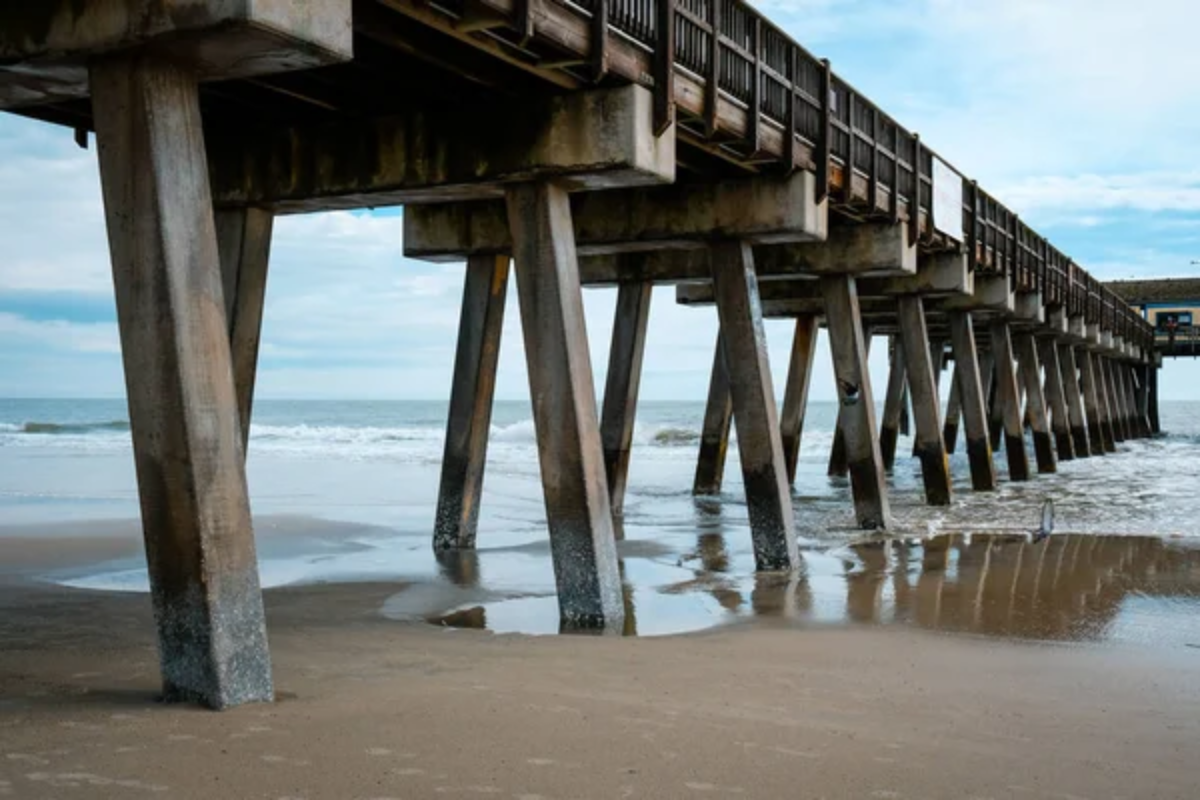
Georgia’s barrier islands preserve some of the East Coast’s most pristine coastal environments while showcasing the dynamic processes that have shaped these landscapes for thousands of years. Each island tells unique stories of natural adaptation, human settlement, and conservation efforts that demonstrate how coastal communities can balance development with environmental protection. The islands serve as living laboratories, where researchers study the impacts of climate change, sea level rise, and species adaptation, while providing visitors with opportunities to experience authentic coastal wilderness.
These barrier islands remind us that protecting natural areas requires long-term commitment and careful management that considers both ecological needs and human desires for coastal access. The magic of Georgia’s barrier islands lies not just in their natural beauty but in their ability to connect visitors with the fundamental forces of wind, waves, and tides that continue to shape these remarkable coastal landscapes.
More from Travel Pug

- 20 Best Beach Towns in the Carolinas
- 13 Destinations Where Tourists Regularly Regret Their Trip
- 20 Destinations That Are More Magical Without an Itinerary
- 20 Underrated Adventures That Belong on Your Travel List
- 20 Cities Where You Should Just Wing It, No Planning Required
Like Travel Pug’s content? Follow us on MSN.
